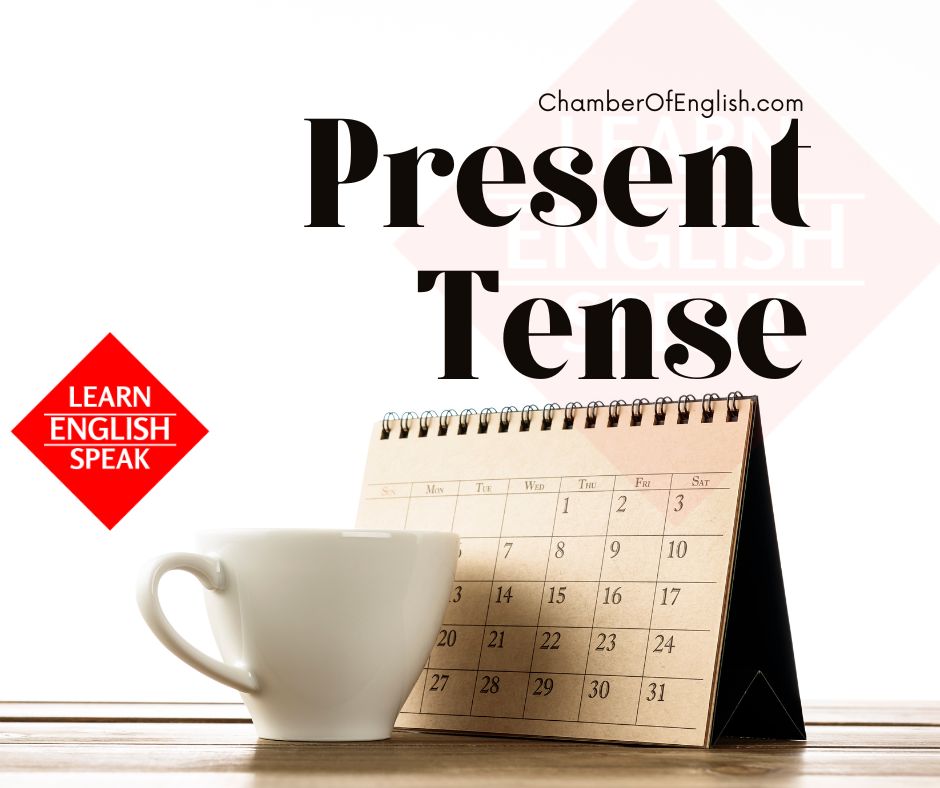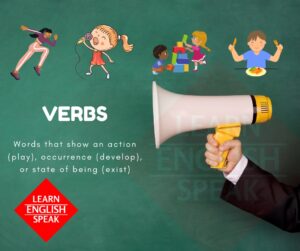Introduction:
Understanding the various present tenses in English is essential for effective communication. Whether you’re a beginner or looking to brush up on your grammar skills, this guide will provide a detailed overview of the present simple, present continuous, present perfect, and present perfect continuous tenses. Let’s delve into each tense with clear explanations, plentiful examples, and practice questions to solidify your understanding.
1. Present Simple Tense: The present simple tense is used to talk about general truths, habits, routines, and permanent situations.
Structure:
- Positive: Subject + verb (base form) + -s/-es (for 3rd person singular)
- Negative: Subject + do not/does not + verb (base form)
- Question: Do/Does + subject + verb (base form)?
Example Sentence:
- Positive: She eats fruit every morning.
- Negative: They do not like spicy food.
- Question: Does he speak French?
Practice Questions:
- (Positive) Jenny ________ (play) the piano beautifully. Answer: Jenny plays the piano beautifully.
- (Negative) We __________ (watch) TV in the morning. Answer: We do not watch TV in the morning.
- (Question) ________ they usually eat lunch at noon? Answer: Do they usually eat lunch at noon?
2. Present Continuous Tense: The present continuous tense is used to describe actions happening at the moment of speaking or temporary situations.
Structure:
- Positive: Subject + am/is/are + verb (-ing form)
- Negative: Subject + am/is/are + not + verb (-ing form)
- Question: Am/Is/Are + subject + verb (-ing form)?
Example Sentence:
- Positive: She is reading a book right now.
- Negative: They are not watching TV at the moment.
- Question: Is he playing football?
Practice Questions:
- (Positive) The children __________ (play) in the park. Answer: The children are playing in the park.
- (Negative) He __________ (not cook) dinner tonight. Answer: He is not cooking dinner tonight.
- (Question) ________ you ________ (listen) to music right now? Answer: Are you listening to music right now?
3. Present Perfect Tense: The present perfect tense is used to express actions that occurred at an unspecified time in the past, with relevance to the present.
Structure:
- Positive: Subject + have/has + past participle
- Negative: Subject + have/has + not + past participle
- Question: Have/Has + subject + past participle?
Example Sentence:
- Positive: She has visited London many times.
- Negative: They have not finished their homework yet.
- Question: Have you ever been to Australia?
Practice Questions:
- (Positive) Maria __________ (travel) to five different countries. Answer: Maria has travelled to five different countries.
- (Negative) We __________ (not see) that movie. Answer: We have not seen that movie.
- (Question) ________ he ________ (read) the new book by that author? Answer: Has he read the new book by that author?
4. Present Perfect Continuous Tense: The present perfect continuous tense is used to describe actions that started in the past, continued until the present, and might continue in the future.
Structure:
- Positive: Subject + have/has + been + verb (-ing form)
- Negative: Subject + have/has + not + been + verb (-ing form)
- Question: Have/Has + subject + been + verb (-ing form)?
Example Sentence:
- Positive: She has been studying English for two hours.
- Negative: They have not been watching TV all day.
- Question: Have you been waiting long?
Practice Questions:
- (Positive) The workers __________ (repair) the road for weeks. Answer: The workers have been repairing the road for weeks.
- (Negative) She __________ (not work) here for very long. Answer: She has not been working here for very long.
- (Question) ________ you ________ (wait) for a long time? Answer: Have you been waiting for a long time?
Conclusion: Mastering the present tenses is crucial for expressing various actions and situations accurately in English. By understanding the distinctions between the present simple, present continuous, present perfect, and present perfect continuous tenses, you’ll be better equipped to communicate effectively in both spoken and written language. Keep practicing with examples and questions to strengthen your grasp of these essential grammatical concepts.




